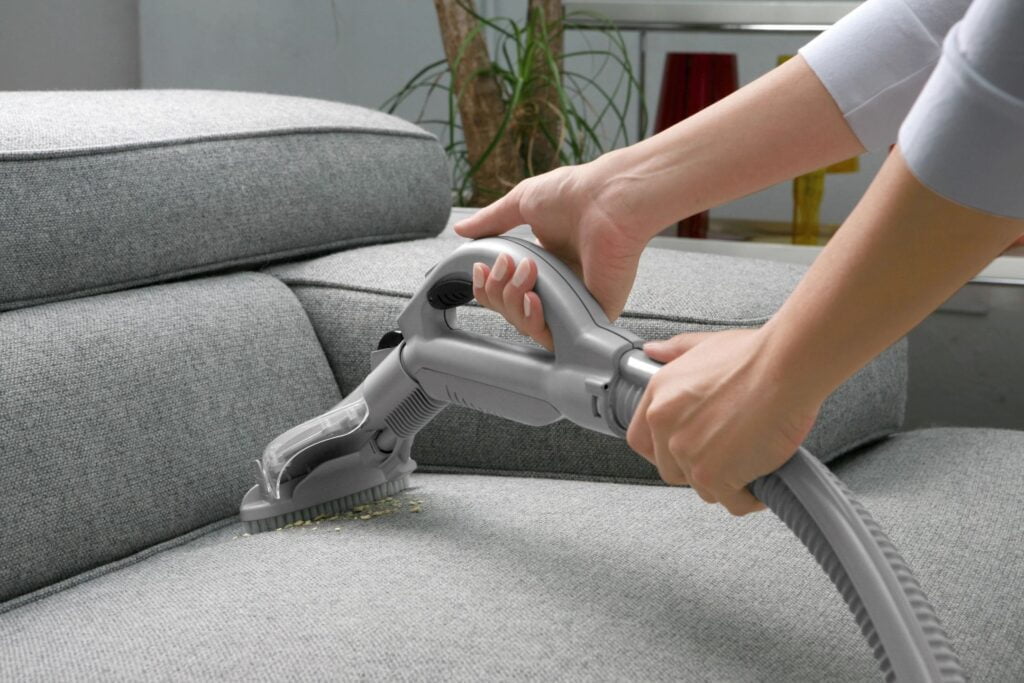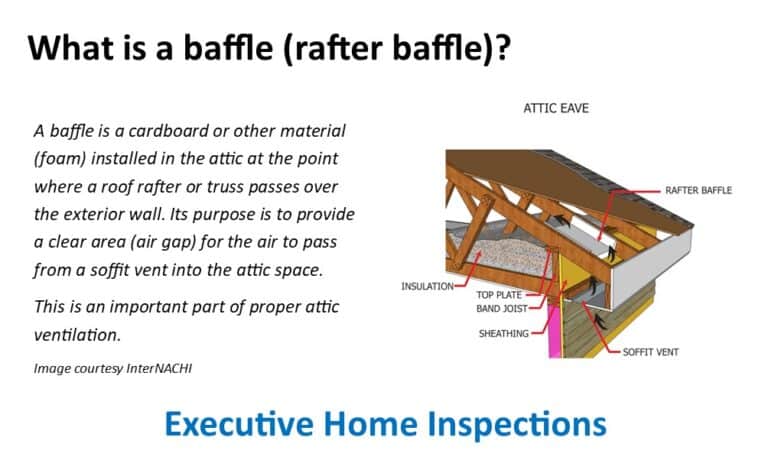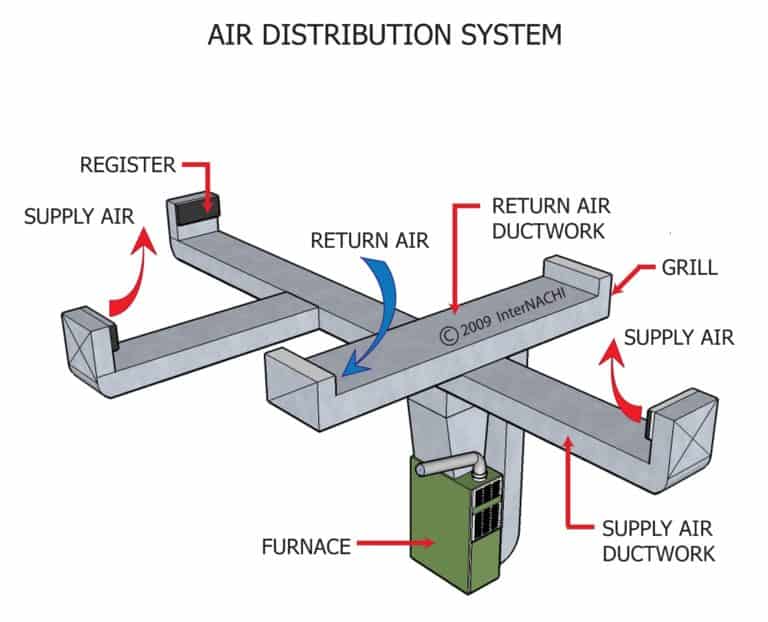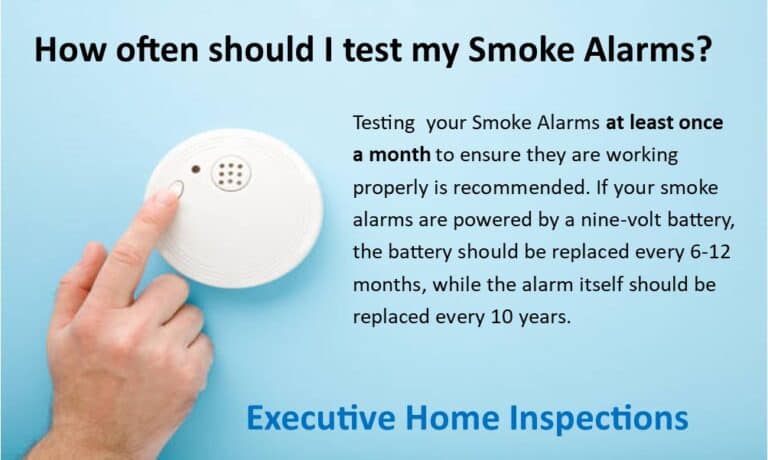
If someone in your home suffers from allergies or asthma, you will want to take steps to allergy proof your home. Here are some great ways to help eliminate allergy triggers in your home.
Allergy Proof Your Home
1. Change your air filters regularly. This is one of the most important steps in allergy-proofing your home. Replace your air filter every three months. This helps eliminate allergens like dust and pollen.
2. Dust and vacuum regularly. Dust mites are a major trigger. Make sure you dust and vacuum carpets, rugs and upholstery on a regular basis. Use a vacuum with an allergy filter or double bag for better efficiency at trapping allergens before they become airborne.
3. Cover mattresses and pillows. Use allergy proof covers to reduce the amount of allergens that can cling to bedding surfaces.
4. Keep windows closed. Pollen can enter your home through open windows, so keep them closed when allergy season is in full swing.
5. Install air purifiers or whole-house filters. Air purifiers and whole-house filters can help remove airborne allergens from the air inside your home. Make sure to look for units that are Energy Star certified for best results.
6. Clean air ducts. Regularly clean your air ducts to ensure that dust and other debris does not get into the airflow of your Heating & Cooling system, as this can cause allergy flare-ups.
7. Change bedding weekly. Wash sheets, pillowcases and blankets every week in hot water to kill dust mites that may be living in them.
No Fragrances
8. Don’t use any fabric softeners or synthetic detergents and soaps. Fragrances and dyes can cause allergy symptoms, so opt for fragrance and dye-free options.
9. Avoid pet dander. If possible, keep pets out of the bedroom and off furniture as their fur can become an unwanted source for allergens. Make sure to bathe your pets regularly to reduce allergy symptoms.
10. Use allergy-proof covers on furniture. Allergy-proof covers will protect you from pollen, mold spores, dust mites and other allergy triggers that collect in furniture.
11. Install allergy-proof draperies. Allergy-proof window treatments can help reduce the amount of allergens that enter your home.
12. Remove wall to wall carpeting. Wall to wall carpets trap allergens that then get released into the air, so remove them if possible and replace with Hardwood, Laminate, Vinyl or tile floors that can be easily cleaned.
13. Avoid scented candles. Scented candles can release allergens into the air, triggering allergy symptoms like sneezing and watery eyes, so opt for unscented versions instead.
Keep it clean
14. Clean window sills. Window sills are a common area for dust mites and other allergy triggers to accumulate. So make sure you clean them on a regular basis.
15. Remove clutter. Clutter such as piles of clothes or stacks of magazines can trap allergy-causing dust and dirt, so it’s important to keep your home free of unnecessary clutter.
16. Keep humidity in check. Molds thrive in humid environments, so use dehumidifiers to reduce the moisture levels in your home and prevent mold growth.
17. Fix any water leaks. Water leaks create the perfect environment for allergens like mold, mildew and dust mites to grow, so make sure all plumbing is secure and there are no areas where water can collect unnecessarily.
18. Avoid hanging clothing outside. Pollen and other allergy triggers often cling to clothing, so avoid hanging your laundry outside during allergy season.
19. Clean dryer vents. Make sure you clean the lint filter in your dryer after every use as this is a common place for allergy triggers to accumulate.
20. Don’t smoke indoors. Cigarette smoke contains allergens that can linger on furniture and carpets, triggering allergy symptoms in those who are sensitive to them.
21. Keep outdoor air out. Install weather stripping around windows and doors to prevent pollen, mold spores and other allergens from entering your home.
conclusion
By following these allergen reducing tips, you can reduce the amount of allergens in your home and create a healthier environment for yourself and your family. Taking the time to allergy-proof your home is an investment that will make a big difference in your overall health and well-being.
Learn More
Click here to learn more about home inspections.





